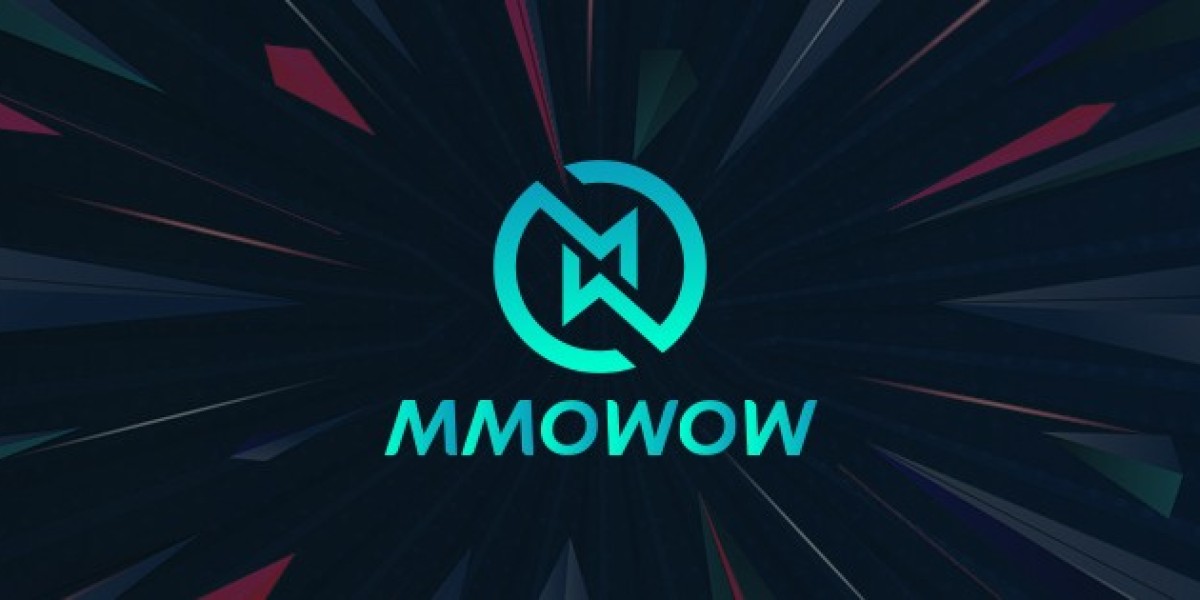Since its explosive launch, Monopoly Go! has captured the hearts (and wallets) of millions of players worldwide. Combining the nostalgic charm of a classic board game with mobile-first mechanics, it has built a robust in-game economy centered around IAPs—in-app purchases. But as competition in the mobile gaming market intensifies, the game’s long-term profitability may rely on more than just selling dice and sticker packs. So where does Monopoly Go! go from here?
One promising direction: brand and IP collaborations. Let’s explore how Monopoly Go! might evolve its monetization model—from pure IAP dependency to a broader commercial strategy involving well-known intellectual properties and strategic partnerships.
1. The Current IAP Model: Profitable, But Limited
Today, Monopoly Go! thrives on traditional monetization channels:
Dice packs and premium bundles
Event-exclusive deals
VIP memberships with recurring rewards
This model has proven highly profitable, especially during limited-time events that drive urgency through FOMO (fear of missing out). However, as user acquisition costs rise and free-to-play fatigue grows, simply selling more dice may not be enough to keep revenue climbing.
2. Enter IP Collaborations: A New Frontier
To extend engagement and appeal to wider audiences, Monopoly Go! could follow the path of other mobile giants like Fortnite, PUBG, and Clash Royale—integrating popular brands and fictional universes into the game.
Imagine limited-time Monopoly boards or events featuring:
Marvel superheroes building landmarks across the city
Harry Potter-themed sticker albums or dice skins
Netflix partnerships that bring show characters into the game
These collaborations can drive both new user interest and increased IAPs—players are more likely to spend when the content feels fresh, exclusive, and culturally relevant.
3. Benefits of Moving Beyond IAP
Expanding into brand partnerships offers several strategic advantages:
Expanded audience reach through cross-promotion
New revenue streams via licensing and co-branded products
Increased engagement from fans of the partnered IPs
Boosted social sharing thanks to collectible, recognizable content
This model allows Monopoly Go! to grow beyond being "just a game" and into a lifestyle experience, much like what Pokémon GO and Roblox have achieved.
4. Challenges to Navigate
Of course, moving into IP collaborations comes with risks:
Licensing costs can be significant
Poorly integrated partnerships may alienate core fans
Over-commercialization could reduce the game’s authenticity
The key will be aligning collaborations with the Monopoly brand’s identity—strategic, family-friendly, competitive fun.
5. The Future: Blending IAP, Events, and Brand Storytelling
We’re likely to see Monopoly Go! evolve into a hybrid model: continuing its lucrative IAP structure, but layering on seasonal content, branded events, and collectibles tied to pop culture moments. This fusion will drive both spending and long-term player retention.
In conclusion, Monopoly Go! has laid a strong foundation with in-app purchases—but its next wave of growth may lie in storytelling, brand crossovers, and immersive IP partnerships that keep players excited and engaged.
Want to stay ahead of the trend while saving big?
Visit mmowow gold to get cheap monopoly go dice and roll through every event with confidence!








